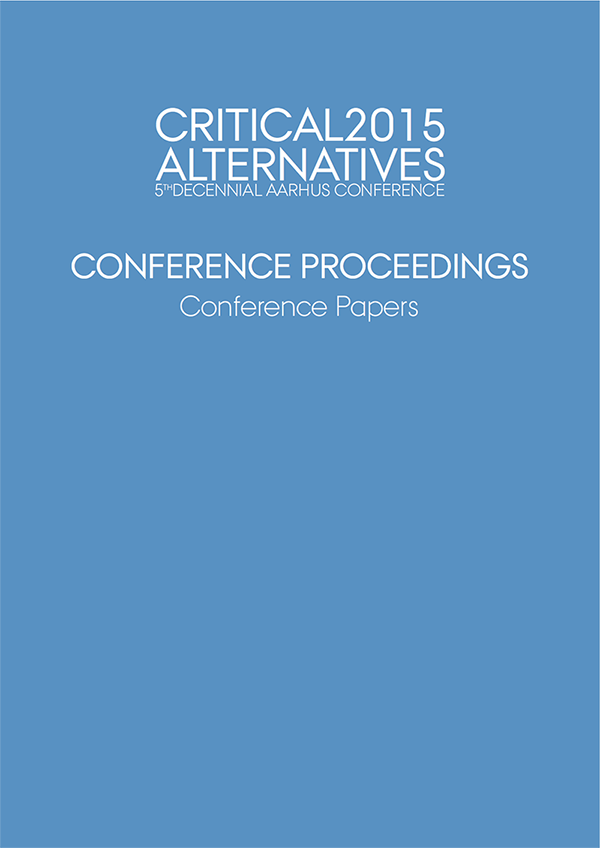Tilting\Plate and Bending\Arches: Shape-Changing Interfaces as Expressive Forms
DOI:
https://doi.org/10.7146/aahcc.v1i1.21322Keywords:
Shape-changing interfaces, Interaction design, Aesthetic interactions, Expressive formsAbstract
How can designers gain a better sensibility for designing more sensory engaging and aesthetically pleasing objects as well as for the expressive richness and potentials of shape-change? The two exploratory prototypes, Tilting\Plate and Bending\Arches, investigate the visceral, aesthetic dimensions of shape-changing interfaces. While shape-change is currently receiving a lot of attention in Human–Computer Interaction (HCI) and interaction design, less attention has been given to the expressive qualities of such interfaces. The prototypes presented here focus on the immediate, aesthetic potentials of shape-change and illustrate the expressional diversity and richness of actuation. Aesthetic explorations can also help to identify radically new applicational uses of shape-change as a design modality.
References
Feijs, L. and Kyffin, S. A taxonomy of semantic design knowledge. Proceedings of DeSForM 2006, Koninklijke Philips Electronics N.V (2006), 70–83.
Hallnäs, L. and Redström, J. Abstract information appliances. DIS ’02 Proceedings of the 4th conference on Designing interactive systems: processes, practices, methods, and techniques, ACM Press (2002), 105–116.
Rasmussen, M.K., Pedersen, E.W., Petersen, M.G., and Hornbæk, K. Shape-changing interfaces: a review of the design space and open research questions. Proceedings of the SIGCHI Conference on Human Factors in Computing Systems, ACM Press (2012), 735–744.
Zigelbaum, J. and Labrune, J.-B. Some Challenges of Designing Shape Changing Interfaces. Proceedings of CHI 2009, (2009).




